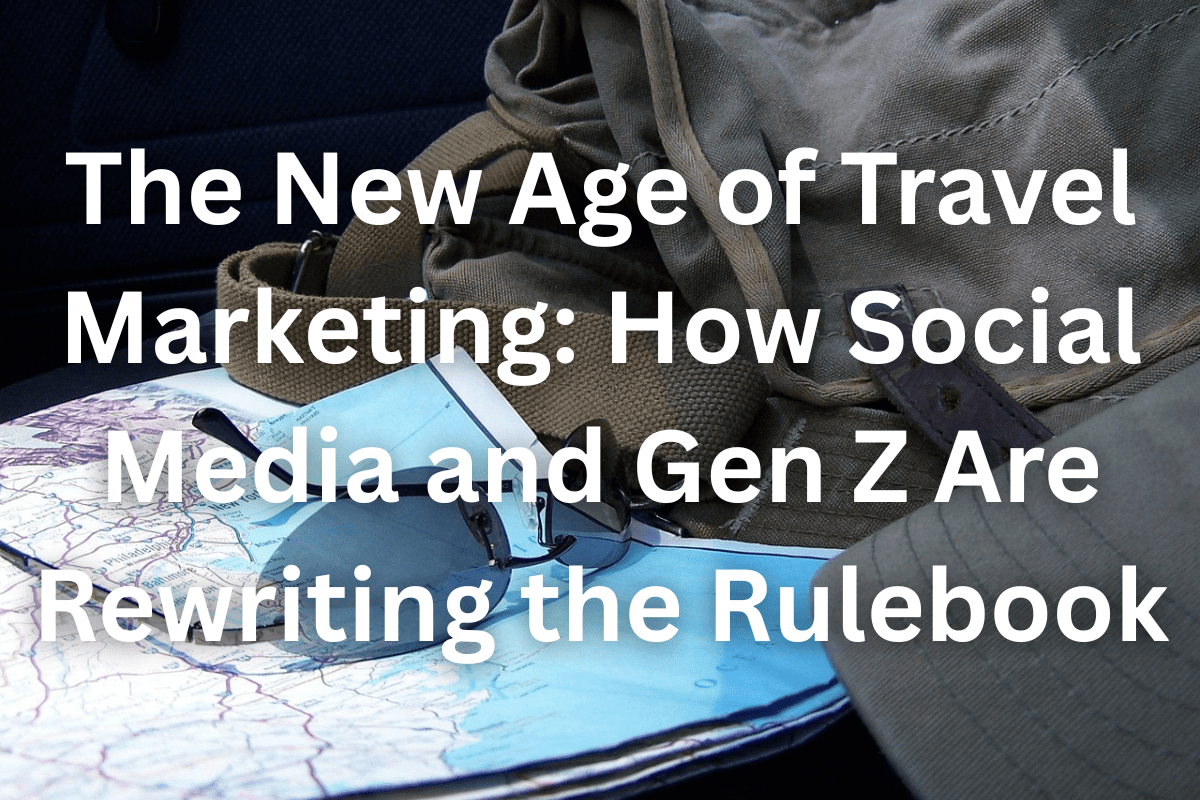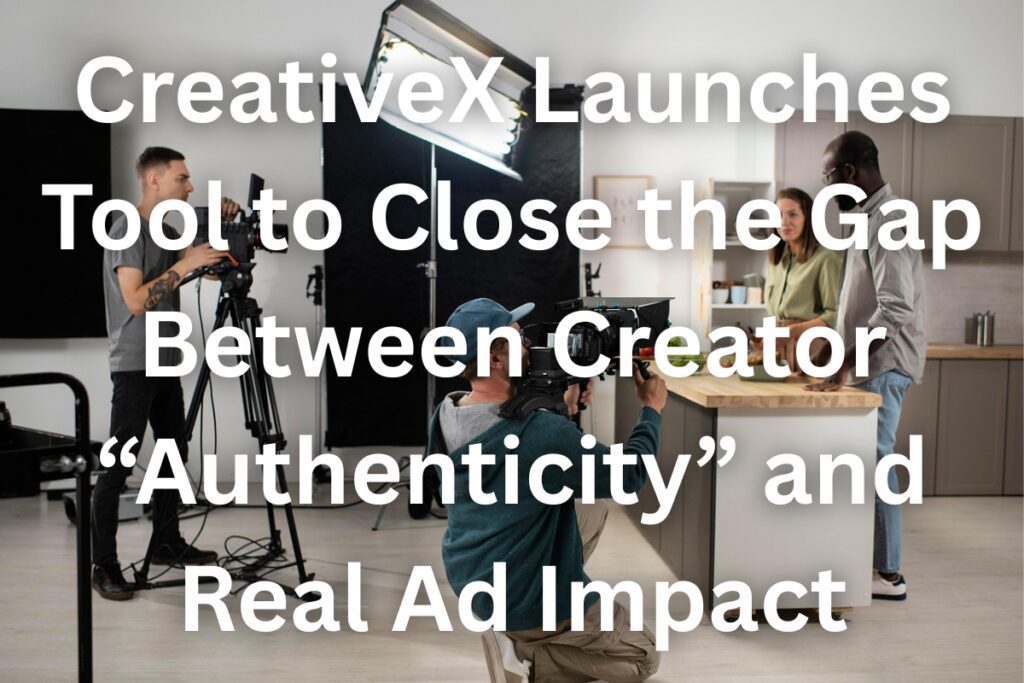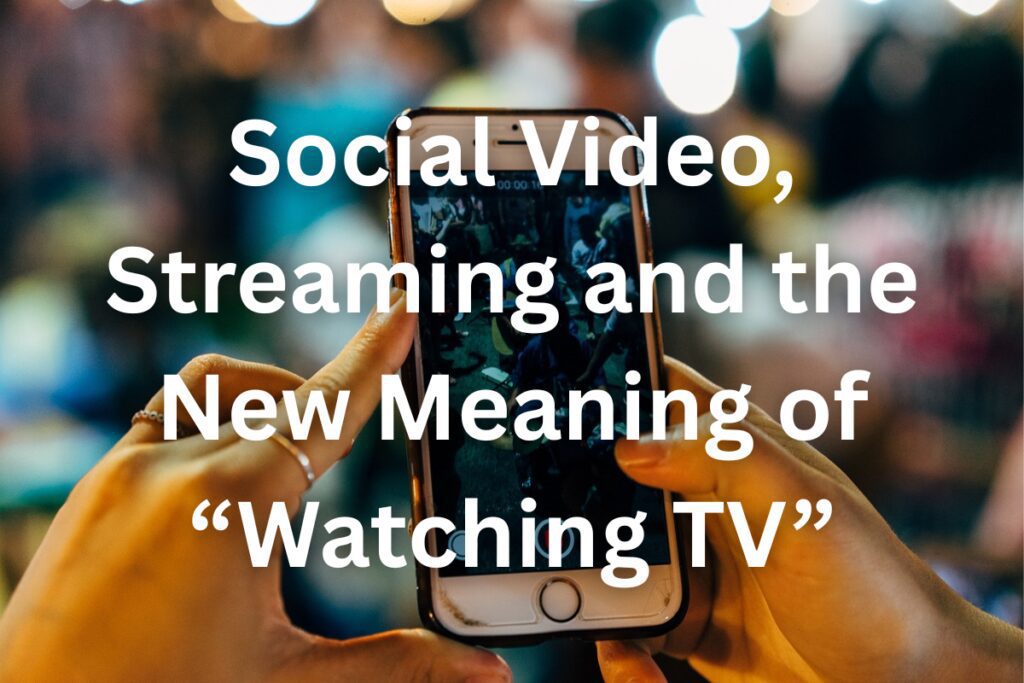Since the pandemic, the travel industry has rebounded with unprecedented energy. Tourists are back in droves, and global hotspots like Tokyo and Rome are brimming with crowds.
But it’s not just the usual suspects drawing attention. Thanks to the rise of social media, the playing field has been levelled – destinations like Albania and Bosnia and Herzegovina are gaining popularity, while even familiar favourites like Bali are experiencing a new wave of relevance.
A key driving force behind this change? Influencers and content creators.
Their impact has become so pronounced that for many travel brands, working with creators often outperforms traditional advertising campaigns. It’s no longer just about selling a place – it’s about selling a story.
When a Pretty Picture Isn’t Enough
The challenge now is cutting through the noise. As the executive creative director at Joan London put it, social media has opened up travel destinations to make the whole world feel accessible, but it also means the world’s beauty is available through people’s screens.
The result? What used to captivate – an idyllic sunset or a crystal-clear beach – is now highly skippable. To combat this content fatigue, travel marketers must evolve. A compelling narrative and personal experiences have become essential tools.
Campaigns like those from British Airways stand out by blending storytelling with deep audience understanding, making every ad feel like a reflection of the viewer’s own aspirations.
Real People. Real Stories. Real Impact.
It’s not enough to showcase another turquoise sea or mountaintop vista. As a partner and production director at Transmission explained, authenticity is key. It’s the story, the vibe, the people.
This authenticity extends beyond visuals. Today’s audiences – especially Gen Z – demand scroll-stopping content that is short, punchy, and packed with social proof. They want TikToks, memes, behind-the-scenes moments – anything that feels genuine and human.
Travel brands need to partner with creators who live the lifestyle, not just sell it. These collaborations are no longer optional; they are strategic necessities for brands hoping to resonate in a saturated market.
A New Approach to Messaging
Marketing strategies also need a revamp. As the client director at Dude London explained, brands can no longer rely on shouting their selling points. Instead, they must become part of the cultural conversation.
A standout example is WeRoad’s “The Holiday Reaper” campaign. Instead of promoting trips, it posed a question: Why aren’t people in the UK taking their paid annual leave?
The campaign sparked curiosity and conversation through a horror film format – an unconventional move that set the brand apart. It demonstrated that being memorable often means being bold, even if the content doesn’t fit neatly into traditional travel marketing.
Experiences Now Lead the Journey
Perhaps one of the most profound changes in travel behaviour is the inversion of how trips are planned. Previously, consumers would select a destination, then look for things to do. Today, it’s often the opposite.
A partner at Lippincott noted that so much research is happening on social media now… experiences increasingly drive trip planning to destinations, rather than the reverse. Whether it’s a viral TikTok of Sakura-themed afternoon tea in Tokyo or a remote hiking trail in Patagonia featured by a micro-influencer, these snippets are sparking entire itineraries.
While this trend isn’t new – people have long travelled for concerts or cultural events – it’s now happening at scale, fuelled by the rapid-fire sharing of content across platforms.
Understanding a New Generation of Travellers
Millennials and Gen Z are now the core focus of travel marketing efforts, and for good reason.
Millennials make up 31.5% of the world’s population, command a hefty £150 billion in spending power, and take an average of 35 vacation days a year – the highest of any age group.
Yet Gen Z is quickly catching up. As digital natives, they’ve grown up curating, sharing, and discovering their lives online. Travel for them is more than relaxation – it’s self-expression.
According to a Credit Karma survey, 61% of Gen Z and Millennials placed summer travel high on their priority list, with nearly 40% saying it was essential regardless of financial circumstances.
These are generations that plan travel not just for sightseeing, but for storytelling. They seek sustainability, authenticity, and shareability – and they reward brands that speak to those values.
Conclusion: A Journey Redefined
The travel industry has entered a new era – one shaped not by glossy brochures or traditional adverts, but by the real, raw, and resonant stories shared across screens.
From the rise of lesser-known destinations to the shift from location-first to experience-first planning, social media has turned the world into one vast, interconnected travel guide.
For marketers, the path forward is clear: authenticity over aesthetic, narrative over noise. Success in this space demands more than picture-perfect beaches – it calls for creativity, culture, and connection.
If travel brands want to stand out in a scroll-happy world, they need to stop selling trips – and start telling stories.









